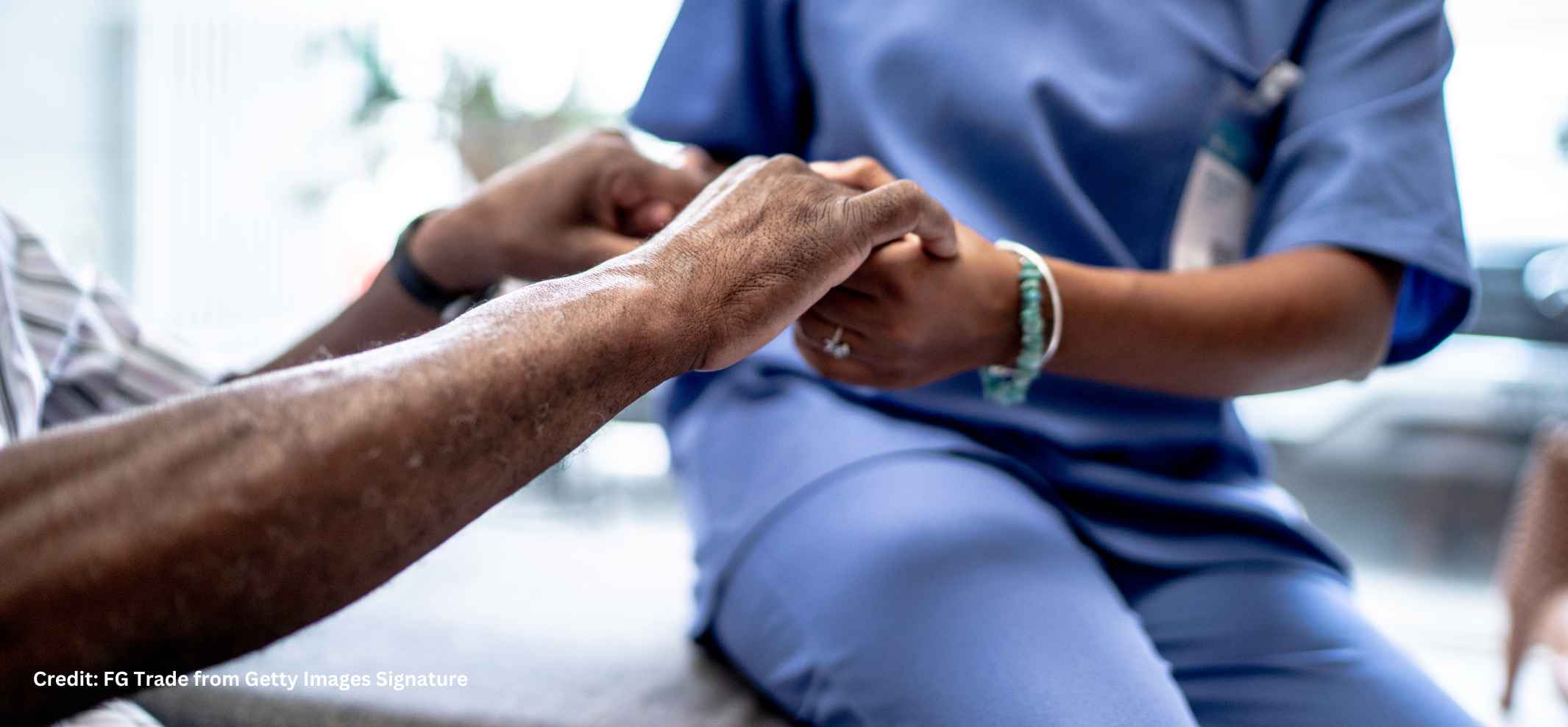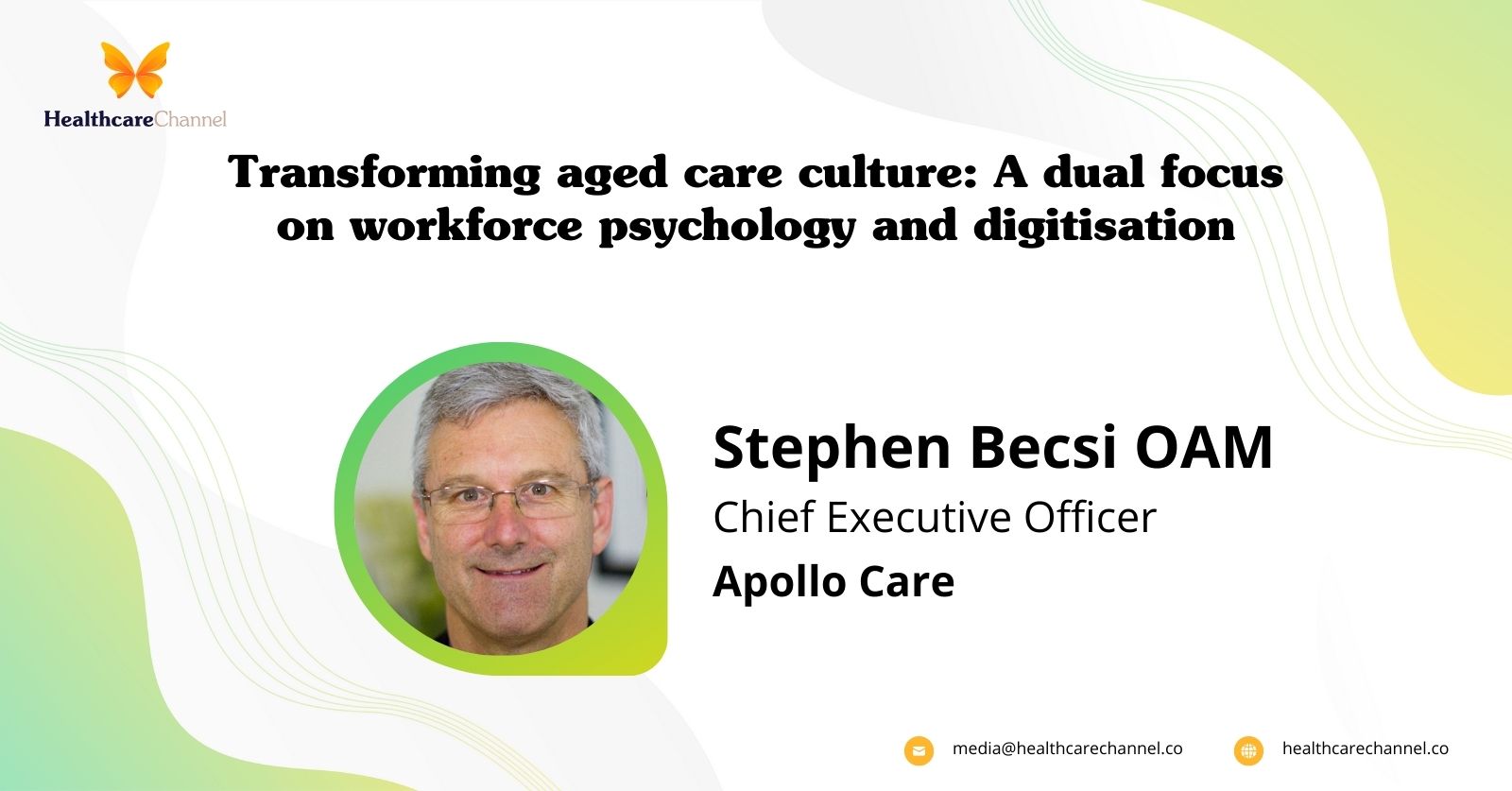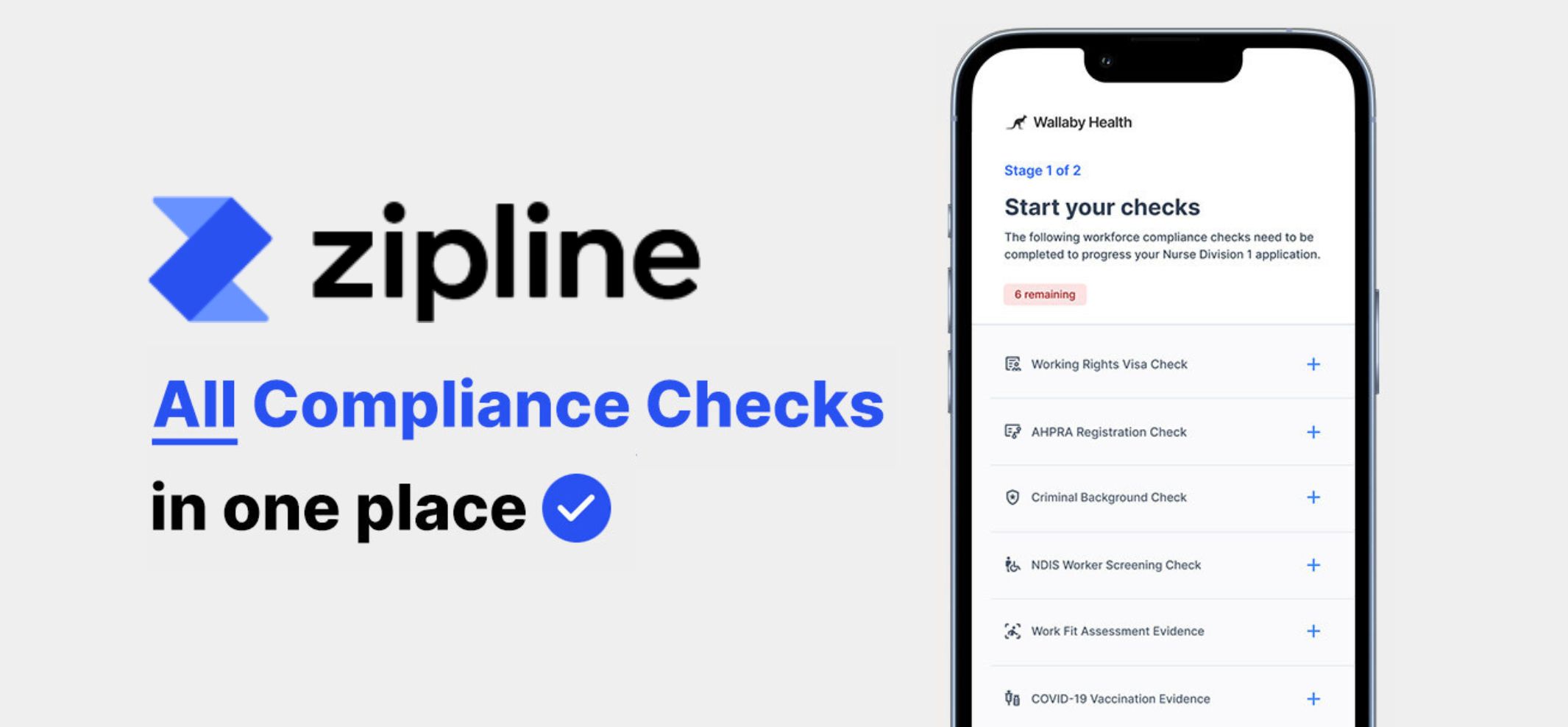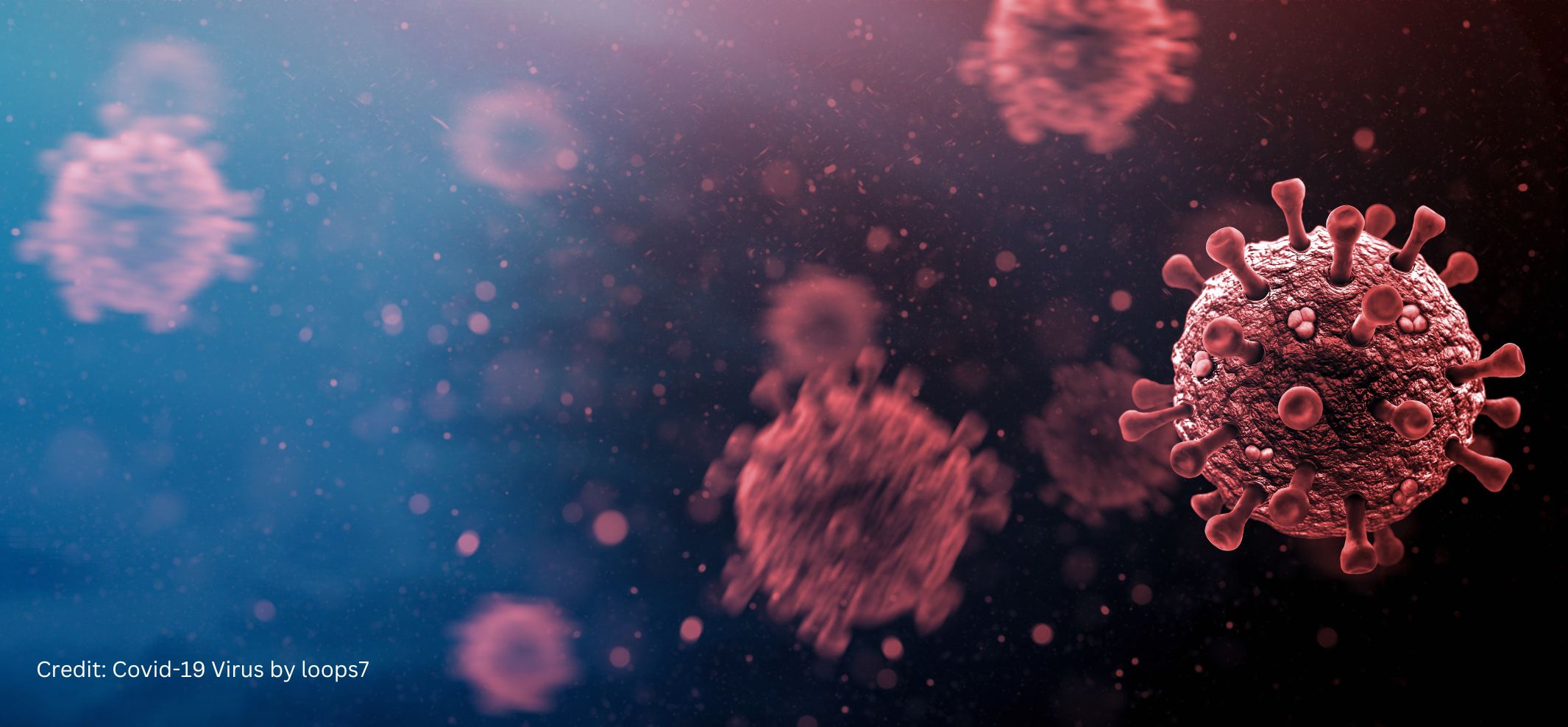A collaborative team of AI and medical experts associated with Google Research and Google DeepMind has successfully developed an innovative AI-based system aimed at assessing the confidence level of existing AI systems used in medical scan analysis.
This groundbreaking development is poised to significantly improve the accuracy of diagnostic tools, including mammograms and chest X-rays.
Published in the prestigious journal Nature Medicine, the team’s research paper elaborates on the construction and efficacy of this new AI system, while Fiona Gilbert from the University of Cambridge’s Clinical School of Medicine provides further insights on the team’s efforts in a News & Views piece within the same journal issue.
In recent years, AI applications have witnessed substantial refinement, leading the medical community to embrace this technology as a means of reducing the workload for human radiologists while simultaneously maintaining or even enhancing diagnostic quality. Presently, AI applications play a pivotal role in analysing medical scans such as mammograms and X-rays, with the primary goal of detecting tumours in the breast or lungs.
Prior studies have demonstrated that the most reliable approach is to have both an AI application and a human radiologist analyse the same scans, effectively minimising the possibility of overlooking tumours. When scans are jointly evaluated by two radiologists, the results are nearly identical.
In their latest endeavour, the researchers aimed to enhance this system by examining the results provided by AI systems utilised in tandem with human radiologists. To achieve this objective, they developed a novel system called Complementarity-driven Deferral-to-Clinical Workflow (CoDoC). CoDoC is designed to seamlessly integrate with existing AI systems currently in use and leverage the metrics already supplied by these systems.
The primary function of the CoDoC AI system is to assess the outcomes generated by the diagnostic AI system and gauge the level of confidence in its results. Subsequently, this valuable information is shared with human diagnosticians responsible for delivering the final diagnosis.
CoDoC itself is an AI system and was trained using gold-standard outcome data acquired from deferral cases. The research team also incorporated an improvement loop, theoretically enhancing the system’s accuracy with each utilisation. Currently, CoDoC is designed to complement both a diagnostic AI system and a human radiologist.
In practice, CoDoC assists in determining the most accurate results, thereby leading to an overall improvement in diagnostic accuracy. Rigorous testing has demonstrated the success of this system, as scenarios, where an AI system worked in conjunction with CoDoC and a radiologist, exhibited higher reliability compared to either system operating independently.
This groundbreaking AI-based system holds immense promise for the future of medical scan analysis, further revolutionizing diagnostic precision and patient care. As research continues, the integration of AI technologies into medical practice will likely witness even more impressive advancements, solidifying its status as a transformative force in the healthcare industry.
Ritchelle is a Content Producer for Healthcare Channel, Australia’s premier resource of information for healthcare.





























